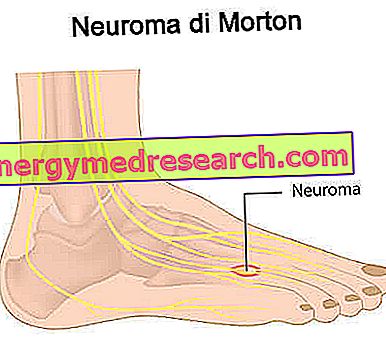Changes in plasma concentrations of the main hormones and energy substrates during a marathon

where 1 MIGLIO = 1609 METERS
INSULIN: insulin is a protein hormone responsible for lowering blood glucose levels (hypoglycemic action). Insulin stimulates tissue glucose intake. The levels of this hormone begin to fall already from the first kilometers of the race. In fact, during exercise the massive use of glucose by the muscles causes a lowering of blood glucose levels which passes from the blood to the muscle. Under these conditions, insulin would only make the situation worse by further lowering the blood sugar level (amount of glucose circulating).
ADRELINE: adrenaline is a hormone that has adverse effects compared to insulin which, among other things, inhibits secretion. Adrenaline causes a rise in blood sugar (hyperglycaemic effect) and facilitates the use of energy substrates in the muscle. The levels of this hormone increase from the first kilometers. Note the sharp increase in adrenaline around 32 km when both liver and muscle glucose reserves are exhausted. In fact, in addition to stimulating glycogenolysis (production of glucose from glycogen), adrenaline also stimulates gluconeogenesis (production of glucose from some amino acids) and lipolysis (mobilization of fatty acid reserves). These two processes are essential to compensate for glucose deficiencies and to supply the skeletal muscle with energy substrates.
LACTATE: lactate or lactic acid is a highly toxic compound for cells and must therefore be properly disposed of. Lactic acid is produced by muscle cells in conditions of oxygen deficiency. The human body has defense systems to neutralize this compound but beyond certain amounts it is no longer able to dispose of it completely. Lactate accumulation is responsible for muscle fatigue. During a marathon the levels of lactic acid increase as a result of the growing energy demand. It is very important to avoid lactate accumulation beyond certain levels because within these limits the body can tolerate stress. This result is obtained by running at a heart rate of 92-94% of the anaerobic threshold.
FREE FATTY ACIDS AND GLUCOSE: as we have said, one of the actions of adrenaline is to promote lipolysis, that is, the mobilization of fatty acids from adipose tissue. With the same amount of oxygen consumed, fats provide less energy than glucose (they have a lower yield). However, unlike glucose (about 350 g), the body has large stocks of fatty acids (several kg). Therefore our body preferably uses fatty acids for energy purposes and is forced to use more and more glucose as the intensity of the exercise increases. The fatty acid metabolism is however dependent on the glucose metabolism that must always be active. In order to avoid excessive consumption of glucose and an early exhaustion of its stocks, it is advisable to face the marathon at not too high speeds and at a constant pace.



